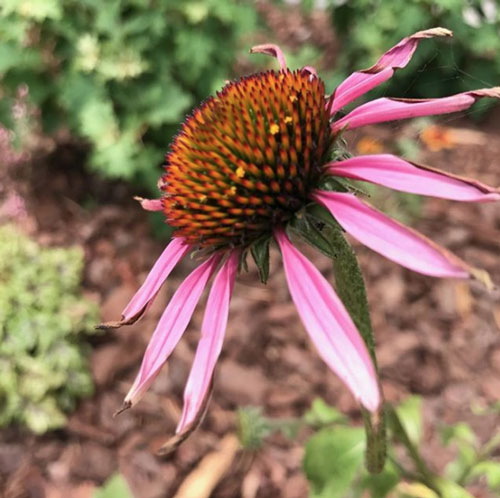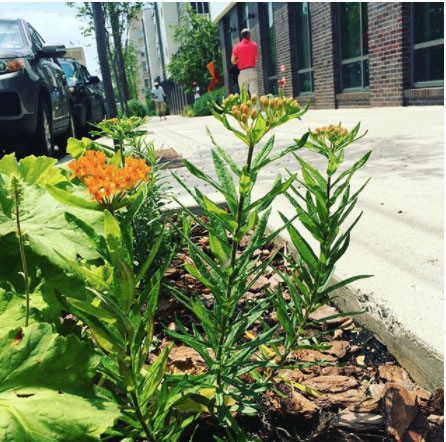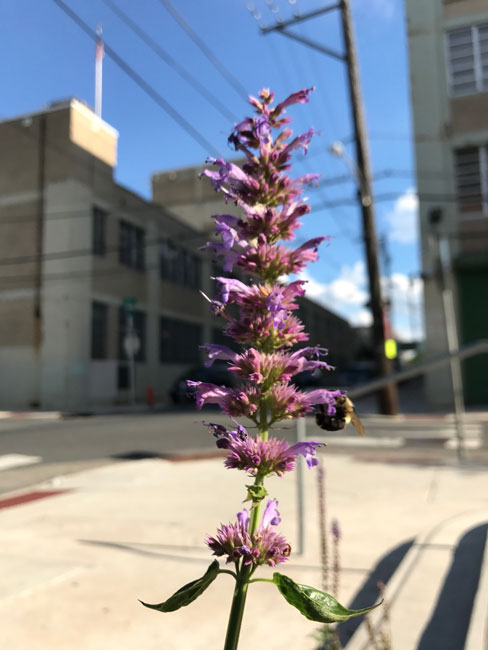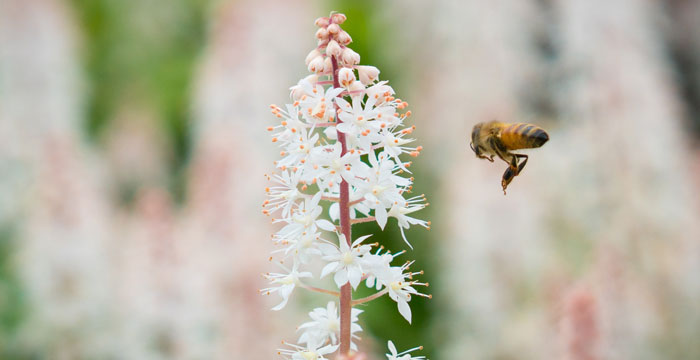
8 Plants in Northeast To Help Save Pollinators: Bees, Butterflies & More
Reimagine Philly as a biophilic city, where we live, work, and play towards a built environment where we can reconnect with nature.
As urban populations continue to grow and environmental pressures increase, Philadelphia can use biophilic design to create smarter spaces that address infrastructural and public health issues (i.e., carbon emissions, stormwater management, food insecurity, etc.) through the power of nature.
The term biophilia, popularized by biologist E.O. Wilson, refers to the way in which human beings are “hard-wired” to require deep connection with the natural world. Biophilic cities also have the potential to act as safe havens for our diverse non-human neighbors -from bacteria, nematodes, insects, and birds, to mammals and other important actors in urban ecosystems.
As a landscape designer and environmental scientist, I’m interested in ways that we can help build green spaces to support pollinators, i.e., Honey bees, butterflies, hummingbirds, etc., in cities. Research has shown that free green spaces (backyards, green roofs, planted boulevards) in urban environments can serve as natural corridors to support native pollinator abundance and diversity.
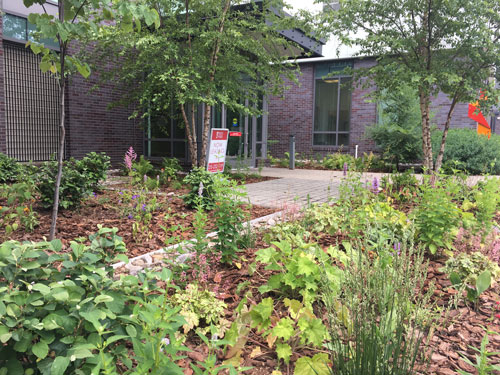
When my company PLANT GROUP was offered to landscape Paseo Verde Apartments in North Philadelphia, we aimed to integrate pollinator habitat into our design. Managed by Jonathan Rose Companies and Asociacíon Puertorriqueños en Marcha (APM), Paseo Verde, a LEED Platinum certified building is a space that provides a healthy living environment for residents while reducing on-site water and energy use.
Good news, readers. You don’t have to be working on a landscape project to help pollinators. Here are great options to help make your home part of the biophilic solution.
8 best Pollinators to Plant in Philly
1. ‘LEILANI’ CONEFLOWER (ECHINACEA ‘LEILANI’) & PURPLE CONEFLOWER (ECHINACEA PURPUREA)
Coneflower is a herbaceous perennial native to Eastern North America, blooming June – August. Butterflies are attracted to coneflower throughout the summer, while the plant’s seedheads provide food to songbirds during the Fall. These beauties also make an excellent fresh cut or dried flower.
2. ‘ZAGREB’ THREADLEAF TICKSEED (COREOPSIS VERTICILLATA ‘ZAGREB’)
Zagreb’ Threadleaf Tickseed has great height and blooms from June to August, growing in dense clumps. The butterflies definitely won’t mind some nectar from the golden babies.
3. SWAMP MILKWEED (ASCLEPIAS INCARNATA)
Swamp Milkweed has fragrant flowers in July and August. This plant tolerates dry and wet sites and is a major Monarch butterfly food source.
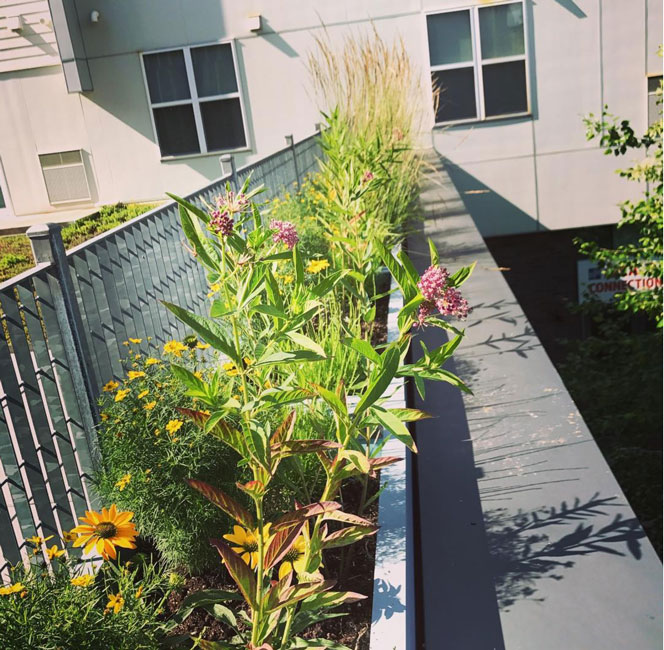
4. BUTTERFLY WEED (ASCLEPIAS TUBEROSA)
Native to Eastern and southern United States, this tough perennial blooms from June – August and can still do well in poor, dry soil. Asclepias tuberosa flowers are a source of nectar for many butterflies, while their leaves provide food to monarch butterfly larvae (caterpillars).
5. DWARF BLAZING STAR (LIATRIS MICROCEPHALA)
This lovely native plant is a late bloomer, giving off magenta-purple flower spikes in August and September. Pro tip: When designing your own green space, it’s a very good idea to include a palette with different bloom times to color the area through the seasons. This plant tolerates summer heat well and is loved by pollinators.
6. APPALACHIAN MOUNTAIN MINT (PYCNANTHEMUM FLEXUOSUM)
This native plant blooms from July – September, and butterflies absolutely love the flowers. It gives off a refreshing mint aroma, and for any Philly foragers, when crushed Pycnanthemum can make a great addition to your tea. Pro tip: Because this plant spreads by way of underground stolons, it can handle itself well on slopes or stream sides.
7. FALSE GOAT’S BEARD (ASTILBE ARENDSII)
Looking to add a little color to a shady spot or border? Astilbe makes a lovely addition with its “pretty in pink” plume. This perennial is loved by butterflies, bees, flower flies, and moths.
8. ANISE HYSSOP (AGASTACHE FOENICULUM)
This perennial’s tall lavender foliage will bring beauty to your space June – September. Dry site tolerance, fragrance, and attractiveness to butterflies and hummingbirds all make anise hyssop a no-brainer for your garden.
Interested in a making your own space pollinator friendly? Just talk to your local nursery about what’s available. Make sure to ask about native plants. The great thing about native species is that in addition to playing an important role with pollinators, these plants often require less external resources (as they are better adapted to local conditions). As the idea and implementation of green cities evolves, Philadelphia and other cities should seek to design and build spaces that support a healthy environment for human and non-human residents alike.



